This is part 2 of this extensive deck guide series. Be sure to check out the other sections:
- Part 1: Beginner Guide
- Part 2: Advanced Strategies, Alternate Cards, and Tech Choices
- Part 3: Match-ups and Mulligans
Identifying Win Condition
Tempo Mage deck has a lot of different win conditions. One of the most important parts of playing the deck is to understand what are they and which one you should aim for. Sometimes you need to know that you won’t win the game in a certain way and you need to adapt, to change your strategy.
First and most important thing is to identify what deck are you playing against. Most of classes have a couple of deck archetypes that you might meet on the ladder. Based on the cards they play, try to get a grasp of which one you face. Once you identify the archetype – you can guess almost all of the cards they play. Especially on the ladder, decks don’t differ that much from each other – when you know one most popular Handlock deck list, you know most of them. Knowledge is power, so knowing most of the cards enemy deck runs might give you a big advantage. The common example is identifying whether you play against Face Hunter or against Mid-Range Hunter. The first one runs explosive-traps, while the second one uses freezing-traps. When you understand what archetype you face, you know which Secrets you should play around. Knowing which deck you play against is important when adjusting your strategy. Play around the cards that you are sure enemy runs.
Your most basic win condition is the early aggression. It doesn’t mean that you should mindlessly rush enemy face. You want to get at least 1 or 2 threats on the board and then clear every threat enemy plays, while steadily hitting enemy Hero. That’s your starting point – you want to do that against pretty much any deck. That’s where your strategy ends many times. You’re left with some small choices, but they shouldn’t affect your game plan. The problems start when this strategy fails. You need to feel that point. Think couple of turns ahead and ask yourself a question “will I be able to kill my opponent before I run out of steam?” If you are sure you won’t, you should change your strategy.
Tempo plays usually aren’t the plays with most value. Those are the fastest plays – you sacrifice either card advantage or your life to get board advantage and damage on enemy Hero. You want to waste enemy mana in some way. If you know that you can’t defeat enemy by out-tempoing him, because he’s gonna stabilize with Taunts and life gain cards, you should start making value plays. One of the easiest way to get value when playing Mage is using your Hero Power often. It’s only 1 damage for 2 mana, but it doesn’t use any card. A simple example, if you ping their 3/2 two turns in a row – you’ve lost the tempo (because you’ve used 4 mana to kill 2 mana creature), but you’ve gained card advantage (because he used 1 card and you didn’t use any).
Another way to gain value is to use your minions to get efficient trades. For example, enemy Priest drops a dark-cultist when you have two sorcerers-apprentices on the board and fireball in your hand. The tempo play would be Fireballing the 3/4 and going face with the minions. It’s a good play when you’re pushing, because protecting your board is really valuable – minions can attack every turn, while spells can be only used once. But the best value play would be using your 3/2 and Hero Power to clear the 3/4. Trading a 2-drop for 3-drop gets much bigger value. Your Fireball might kill a 6 health target, while your Sorcerer’s Apprentice wouldn’t kill it. It also makes your board better against shadow-madness and holy-nova.
Some of your minions are another way to get value. Pings form flamewaker might clear enemy minions for free and get you value. azure-drake always gets you value, because it draws a card. dr-boom and ragnaros usually get at least 2 for 1, unless it gets killed by big-game-hunter. Tempo Mage is a deck that might get a lot of value. If you know that you can’t out-tempo the enemy for the win, but you can out-value them – you should go for this line of play. It works against many of the Aggro decks. Some of them get incredible tempo with all the small drops, but they don’t have a ways to get much value. You can also out-value some of the Mid-Range decks, depending on the draws. So if your tempo game fails, you can try going for the value game.
Another tactic is face rush. If you recognize that you’re in a bad spot, you might try to go for their Hero. Stop controlling the board, stop making value trades, use all your resources to deal as much damage as you can. This is a solid tactic when you’re running out of steam. When you can’t play the tempo or value game, sometimes you need to just go for it. You often depend on top decking something like fireball to finish the game, but having some chance to win is better than having no chance to win. loatheb is great when you start doing that. Enemy won’t be able to wipe your board the turn after, so you can easily sneak at least 10-15 damage with your minions. Sometimes you just have to pray that enemy has no way to heal or Taunt and that you will finish them. You need to play for the win, and if rushing enemy Hero is the play that gives you most chance to win, just go for it.
But then again, there are some situations where you’re out of options. If you can’t out-tempo enemy, you can’t out-value him and your face rush has no chance to work (for example playing against Control Warrior that cleared your board and gained a lot of Armor), what do you do? Then you need to cheese out your win. The thing about this deck is that it might win the game you should never be able to. There are two ways to cheese out the win with Tempo Mage.
First one is unstable-portal. It depends on the RNG, but Unstable Portal might sometimes give you a thing enemy can’t deal with, or something that’s gonna have immense value. Here are two examples we can give you from our own experience. Imagine you play a game against Druid and you are in a terrible spot. Druid has a big card advantage and you have no way to finish the game. Unstable Portal gives you gazlowe. You have two Spare Parts and mirror-image. Gazlowe gives you foe-reaper-4000, piloted-sky-golem and some other small Mech. Enemy has no good answer to those threats and you win the game. Another example is playing against Patron Warrior. He used his whole hand to clear your minions and get a board full of grim-patrons. You have no way to deal with them, he is at ~20 health and you’re gonna lose the game in two turns. Unstable Portal gives you baron-geddon. You ping the only Patron which is at 3 health (he doesn’t spawn more, because the board is full) and play Geddon for a full board clear. Enemy has almost no cards left in his hand and concedes. Both of those situations really happened, in the high ranks of the ladder. If you are in a really bad situation, some of the Unstable Portal outcomes might save you. You might always get something like deathwing to completely wipe the board and get a big body, if the luck is on your side.
The second way to “cheat” your win is archmage-antonidas. Sometimes you’re out of burn, and enemy is at about 15 health. You know that you won’t kill him, because he’s gonna remove everything you put on the board and not let you hit face with your minions. What’s your choice, then? You might need to stall the game until you draw Antonidas. Play it slow, try to survive for as many turns as you can. And on the other hand, keep your Spare Parts / cheap spells to combo with Antonidas. Drawing Antonidas and getting 3 Fireballs can just outright win you the game, if enemy has no way to gain life. In some extreme situations, with emperor-thaurissan discounts, you might get as much as 4-5 Fireballs on the turn you use Antonidas. That’s the amount of burn almost no deck can deal with. We’ve been in some horrible situations, just to get saved by Antonidas.
You shouldn’t rely on the “cheese” tactic to win you the game. Unstable Portal might give you something bad and you might not even draw your Antonidas. Those are more of a last resort strategies. If all else fails – instead of conceding, just try. With this deck, you really can win some games you shouldn’t be able to. Keep in mind, however, that identifying your game plan and adapting to opponent’s strategy is important part of winning with this deck.
Combos
Tempo Mage is a pretty combo-based decks. Most of your cards have some synergy between them – to squeeze 100% from the deck, you need to recognize the combos and use them correctly.
- mana-wyrm combos with all of your spells. The combos are pretty straightforward, and the main idea is to get Mana Wyrm on the board early and then throw a bunch of spells. A 1/3 for 1 mana is decent, but if you’re gonna give it 1 or 2 additional attack every turn, it becomes completely crazy. Remember that the Coin is a spell, so playing Mana Wyrm + Coin + mirror-image makes your minion a 3/3 behind two Taunts. Getting a big Mana Wyrm is one of the most common ways you’re gonna win the games. Most early game combos revolve around Mana Wyrm and buffing him.
- flamewaker is the card you want to use for your mid game combos. For every spell you cast, he deals additional 2 damage to random targets. Which means that you want to follow him by a bunch of cheap spells. If you have Sorcerer’s Apprentice on the board it’s simple, because it’s much easier to squeeze 1 mana spells on the turn you play him. Even one or two effect activation already give you pretty good value, and if you can get 4+ activations, he gets crazy value. Pretty good when pushing for lethal. If you manage to get two of those on the empty board and follow them by let’s say two Frostbolts and two Spare Parts, suddenly you’ve dealt 22 damage.
- archmage-antonidas is a minion that allows your late game combos. Just like the rest of the deck, he synergizes with a lot of cheap spells. You want to cast him and follow by couple of spells to draw Fireballs. He gets instant value even if he’s removed / Silenced. And if he survives for at least one turn – you might use the Fireballs you’ve got from him to get two more each turn. If you get him rolling, and enemy has no answer, you can win almost any game. Each minion enemy plays is getting killed for free, and if you go face, you deal at least 18 damage per turn (5 from Antonidas, 12 from Fireballs, 1 from Hero Power). Great minion, but don’t throw him on the board without any spells to combo with. Most of the enemies keep some sort of removal for him, so you want to get immediate value. The more Fireballs you’re gonna initially get, the bigger are your chances to win the game.
- sorcerers-apprentice is something like a combo activator. Alongside emperor-thaurissan it gives discounts to your spells, which allows many other combos to be made. Getting a 2 mana spell to cost 1 gains you a lot of tempo and allows some crazy plays.
Alternate & Tech Cards
Tempo Mage is a really flexible deck. The deck list we’ve presented can be altered in many different ways. You might make the deck slower or you might make it more aggressive. You can include some tech cards which help you against specific matchups. You also might include more different Secrets to mess with the enemy. We’re gonna show you couple of the cards you could consider adding and explain why they could work in Tempo Mage.
Flamestrike
Our list runs no AoE, besides the pings from Flamewaker. While those are really great, they’re unreliable. Flamestrike is great against Aggro and Mid-Range decks. There are, however, couple of problems with this card. It costs 7 mana, which is really much. Games against Aggro are often already decided and your Flamestrike may not matter. Most of the Aggro decks run sticky, Deathrattle minions (or Divine Shields in case of Aggro Paladin) – using your whole turn to “clear” the board where you don’t even clear everything is really slow. And against Control decks it’s usually bad, because most of the late game minions have more than 4 health. But if you feel like you’re playing against a lot of decks that flood the board (e.g. Patron Warrior), you might include a single copy of Flamestrike.
Possible switches: Clockwork Gnome, Flamecannon, Loatheb
Arcane Missiles
Another cheap spell to throw into the mix. Combos greatly with most of your other cards, gets 5 pings when combined with flamewaker (mini-avenging-wrath for 1 mana). Great against Aggro decks like Face Hunter, which run a lot of 1 health minions. It’s easy to get additional fireball from archmage-antonidas thanks to it. However, it makes your deck even more RNG-dependant. It’s also pretty bad in the late game – the 3 random damage has close to no impact. It’s good if you want to make your deck faster and more early game oriented.
Possible switches: Clockwork Gnome, Mirror Images, Clockwork Gnome
Different Secrets
Our list uses the most standard double mirror-entity. It’s the most common Mage Secret and you’re gonna expect it in every aggressive deck. You might, however, include some other Secrets. The most important role of another Secret is messing with opponents turns. When he expects Mirror Entity and plays around it, by accident he might fall into other Secret.
The first one that fits the deck is counterspell. The Secret is a great counter to spell-heavy decks. It can deny a big AoE from clearing the board or mess with their combos. When enemy plays around Mirror Entity, if he has no good minion to give to you, he often decides to use a spell instead. Counterspell might make him skip a whole turn in case like that. Great against decks like Freeze Mage or Mid-Range Druid, which often use a whole turn for casting a single spell (e.g. blizzard or force-of-nature). Good against Hunter to deny their unleash-the-hounds. However, the bad thing about it is that it procs off the Coin and Spare Parts. If enemy has any of those in their hand, you gain almost nothing.
spellbender server kinda similar role as Counterspell. It’s worse for the fact that it doesn’t counter untargetable spells – so you can’t counter any AoE or cards like Unleash the Hounds. On the other hand, you might include it if you face a lot of Aggro Paladins and Priests. Aggro Paladins run blessing-of-might and blessing-of-kings. Priests use power-word-shield and velens-chosen. Taking the buff from enemy and getting it on your own creature is a big tempo swing. It also kinda works against Patron Warriors, because on turn 5 they often go for grim-patron + inner-rage. It denies spawning more Patrons, and you get a 3/2 minion from it. It also doesn’t proc from the Coin, and if enemy uses a Spare Part, you at least get a minion on the board (sometimes 2/3 or 1/4 if enemy uses a +1 attack / health Spare Part).
Another Secret that makes sense in Tempo Mage deck is duplicate. This one is great in slow matchups, when you’re going for the value plays. Also, it’s a little more tricky, because you often don’t want to get it from Mad Scientist. You want to choose when to cast it to get a good Duplicate. For example, using it on a turn before slamming ragnaros-the-firelord or archmage-antonidas can be great. Getting two copies of those often outright wins you a slow matchup. The card is pretty bad in fast matchups, though. You don’t need the additional value, because your deck is slower anyway.
Running two Mirror Entities is a safe core, but if you feel like trying something else, adding one of those Secrets may be viable.
Possible switches: Mirror Entity (if you want to mind games opponent and make him play around the Secret you don’t run), Clockwork Gnome, Flamecannon
Removals / Silence
The deck runs no removals besides the burn cards – fireball and frostbolt. While Frostbolts are great as an early removal, Fireballs are in weird spot. On the one hand, you can clear most of minions with them, but on the other you can’t kill the biggest ones (8+ health) and you often want to keep them as a way to finish the enemy. If you encounter many slow decks, you might consider adding some sort of removals to your Tempo Mage deck.
The first obvious choice is polymorph. It’s one of the best removals in the game, because it denies any Deathrattles. If you Polymorph sylvanas-windrunner, she won’t steal your minion. If you Polymorph savannah-highmane, it won’t spawn two 2/2’s. It’s also a best way to deal with really high health minions like ysera, which would be hard to kill otherwise. The problem with the card is that it’s too slow. Against fast, Aggro decks, you can kill most of the minions with either your Hero Power or your early game removals. You don’t need to Polymorph them – and by Polymorphing you give them a 1/1, which must also be removed.
Another option against slow decks is big-game-hunter. You might include him in your deck if you face a lot of Handlocks or Control Warriors. If enemy plays a target for him, he gives you a huge tempo swing. Pretty good against DemonZoo Warlock, because most of the lists run malganis, sea-giant or dr-boom. Dr. Boom is actually used by really many decks, not only the Control ones, so you’re often gonna get a target for your BGH. The problems are (again) Aggro decks. They usually run no BGH target, and a 2 health 3-drop is underwhelming. Most of the times, he’s a dead card against Aggro.
You might also consider adding Silence to your deck. It works nicely against both faster and slower decks. Almost every list has some good Silence targets. Your deck is also pretty aggressive, so having a Silence to get through the Taunt might often win you a game. The problem with ironbeak-owl is that the 2 mana slot is already crowded. You might consider adding spellbreaker instead, but on the other hand it’s too slow. It doesn’t counter turn 2 mad-scientist or nerubian-egg. It’s also harder to fit a 4 mana card into your turn. On the other hand, the 4/3 stats are much better than 2/1 on the Owl, and you don’t have too many cards that cost 4 mana.
Possible switches: Clockwork Gnome, Flamecannon, Loatheb
Sludge Belcher
A defensive option for a Tempo Mage deck. The deck itself runs almost no defensive cards and is focused on aggression and keeping board control. However, it leaves you win no protection against Charge minions (southsea-deckhand, wolfrider) and some of the combos (for example Druid’s force-of-nature + savage-roar). Sludge Belcher might help you with those. It’s nice drop to stop enemy aggression and a good way to protect your more important minions against trades and weapons. Overall a solid card and a great choice against Aggro decks. It is however pretty vulnerable to Silence and not really good choice against Patron Warrior – he can easily kill the 3/5 body with second hit of deaths-bite and spawn more patrons off of 1/2 Slime.
Possible switches: Flamecannon, Azure Drake, Loatheb
Big Threats
We don’t recommend adding more big threats to the deck, but rather switching the existing ones. You don’t want to have more than 5 big legendaries, because some of them are situational, and drawing them at the start definitely won’t help you, especially against fast decks.
One of the switches we recommend is kelthuzad. Since you intend to keep the board control and have some threats there all the time, Kel’Thuzad might work with Tempo Mage. The power turn is trading all your minions and slamming Kel’Thuzad. All of your minions respawn after that, getting you really high value. Kel’Thuzad is hard to remove by most of the decks, since it has 8 health and with 6 attack it can’t be targeted by big-game-hunter. The problem is, however, that it’s situational. It’s a “win-more” card most of the time. You need a board control for it to be useful. If you don’t have minions on the board, plain 6/8 for 8 mana is not really best.
Second legendary you might try is sylvanas-windrunner. She also excels against slow, Control decks. Her strength is that it’s really awkward to deal with her without the Silence and it can significantly slow down enemy. He might even skip a turn because he doesn’t want to drop anything into Sylvanas. For 10 mana, Sylvanas + fireball might serve as a mind control if enemy drops a big minion you can’t deal with otherwise. But then again, you lose much tempo on the turn you play her, so it’s not a good fit if you face a lot of faster decks.
Another decent choice is Toshley. 5/7 stats for 6 mana means that it counters pretty much anything played prior to turn 6. He can easily deal with most of the mid game threats and still survive. Adding two Spare Parts is a huge deal in Tempo Mage, because your deck really benefits from those. Sometimes you might as well read it as “Add a Fireball card to your hand”, thanks to the Archmage Antonidas. Turn 6 is also Emperor Thaurissan’s turn, but having some other turn 6 play might be actually good. It might clear the board or bait a big removal, which increases the chance of Emperor surviving. The 5 attack is good against Big Game Hunter and 7 health might be hard to deal with a lot of decks. Overall, a solid choice for Tempo Mage deck. The only problem with Toshley is that he’s pretty slow and weak against high tempo cards like sap, freezing-trap or execute.
In theory, nefarian also might be a good include, because of how spell-reliant is your deck. He gives you two additional spells from outside your deck. When you play the card in different deck, like a Dragon Warrior, you might sometimes end up with almost useless spells. When you play Tempo Mage, no spells that you can cast are useless. You might get some other benefits from them – additional Fireball, something to buff your Mana Wyrm or even proc Flamewaker. The problem with Nefarian is 9 mana cost. Many of your games won’t last that long, and he doesn’t even have an impact on turn 9 – you need to wait until turn 10 to cast most of the spells you get. So again, if you don’t face a lot of Aggro, you might try him. Definitely too slow against Aggro.
Possible switches: Big legendaries
More
This is part 2 of this extensive deck guide series. Be sure to check out the other sections:
- Part 1: Beginner Guide
- Part 2: Advanced Strategies, Alternate Cards, and Tech Choices
- Part 3: Match-ups and Mulligans





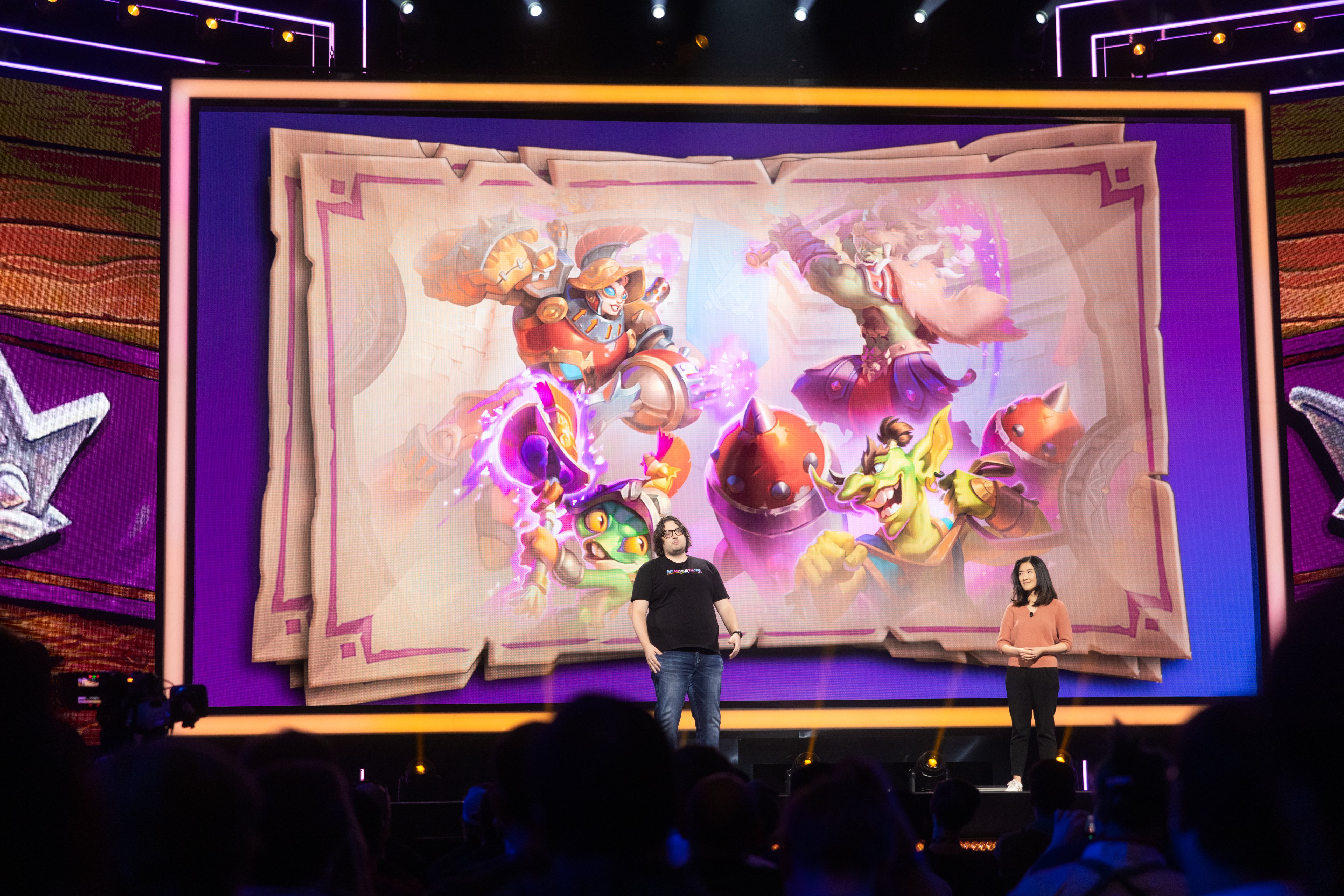
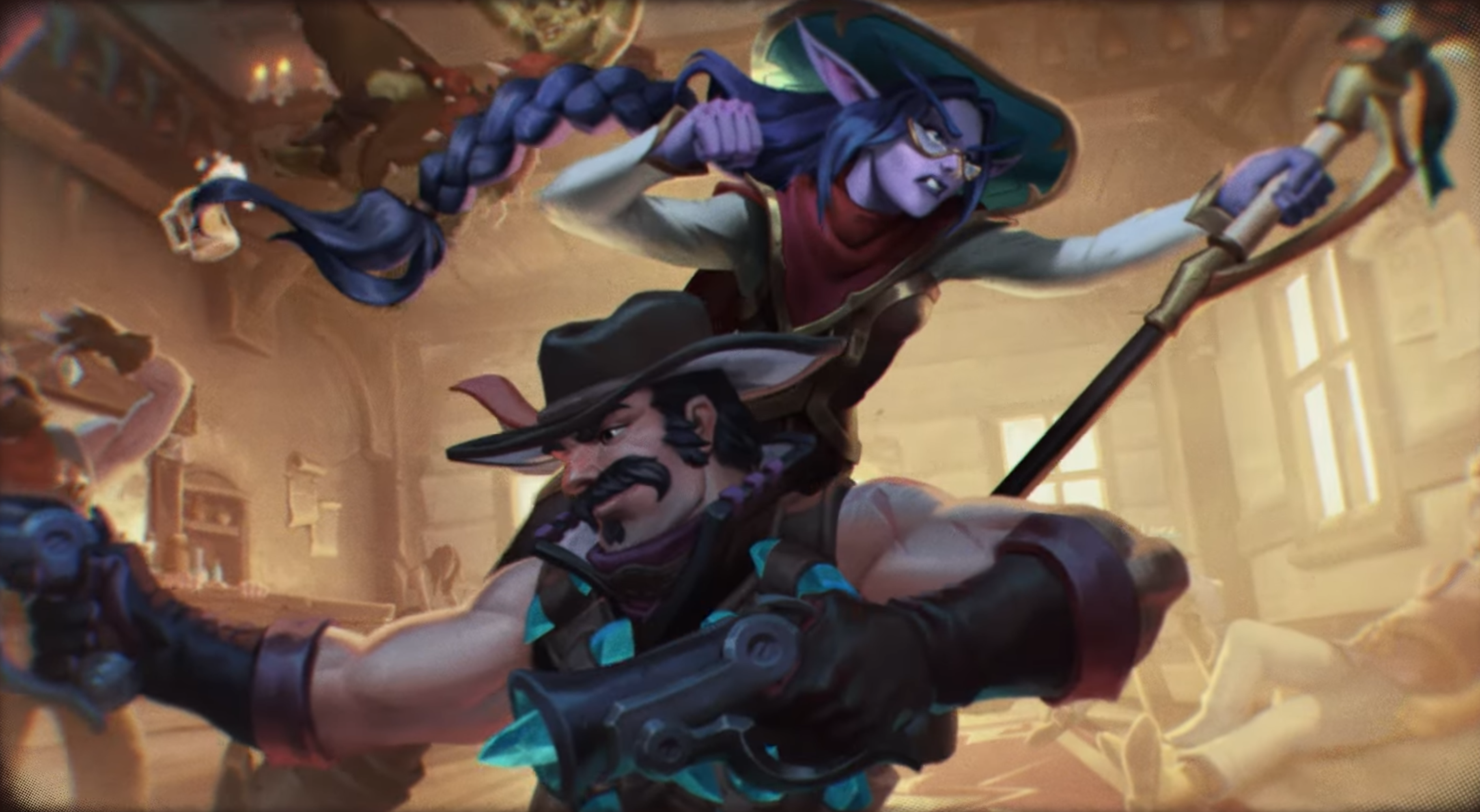
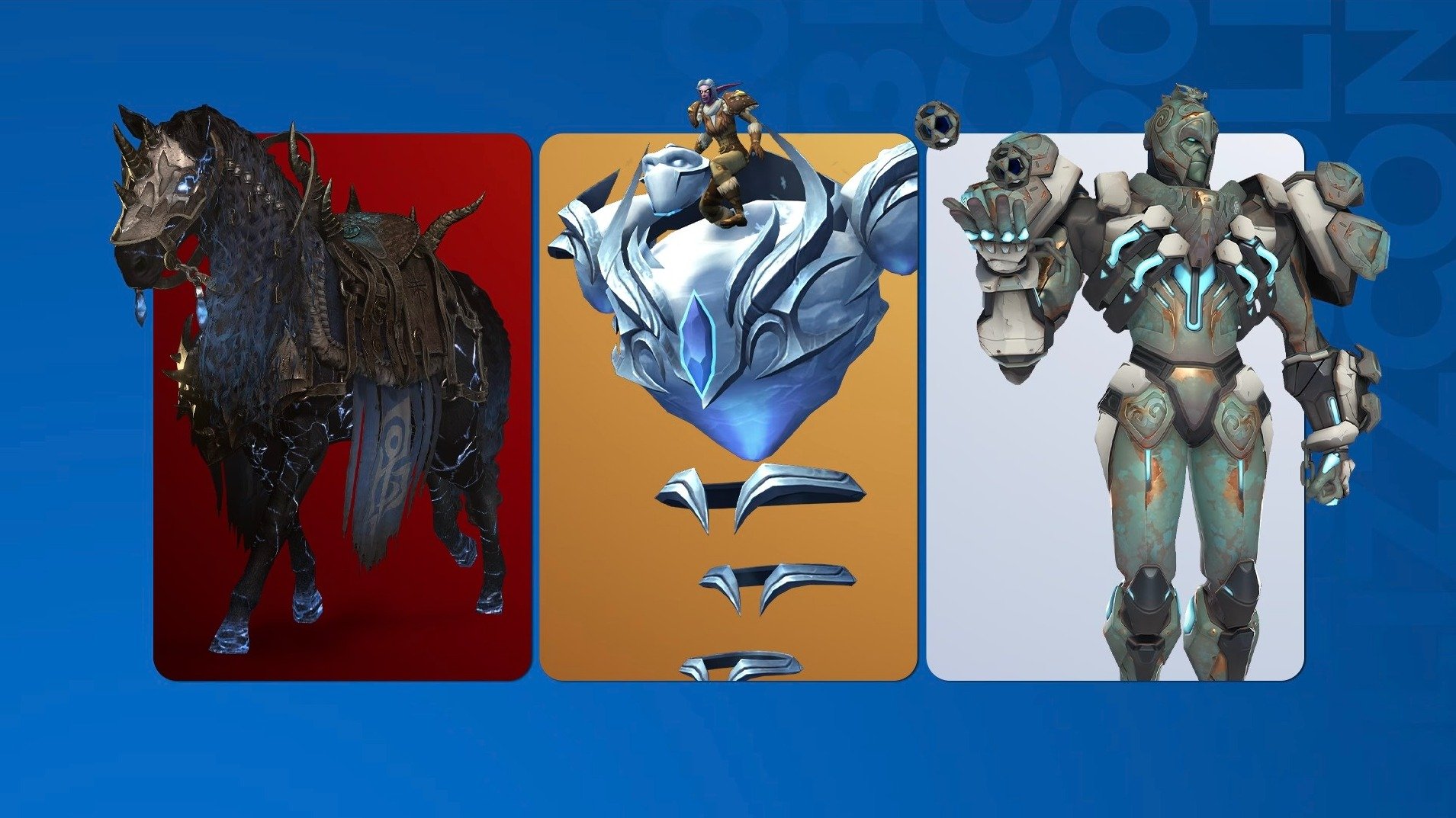
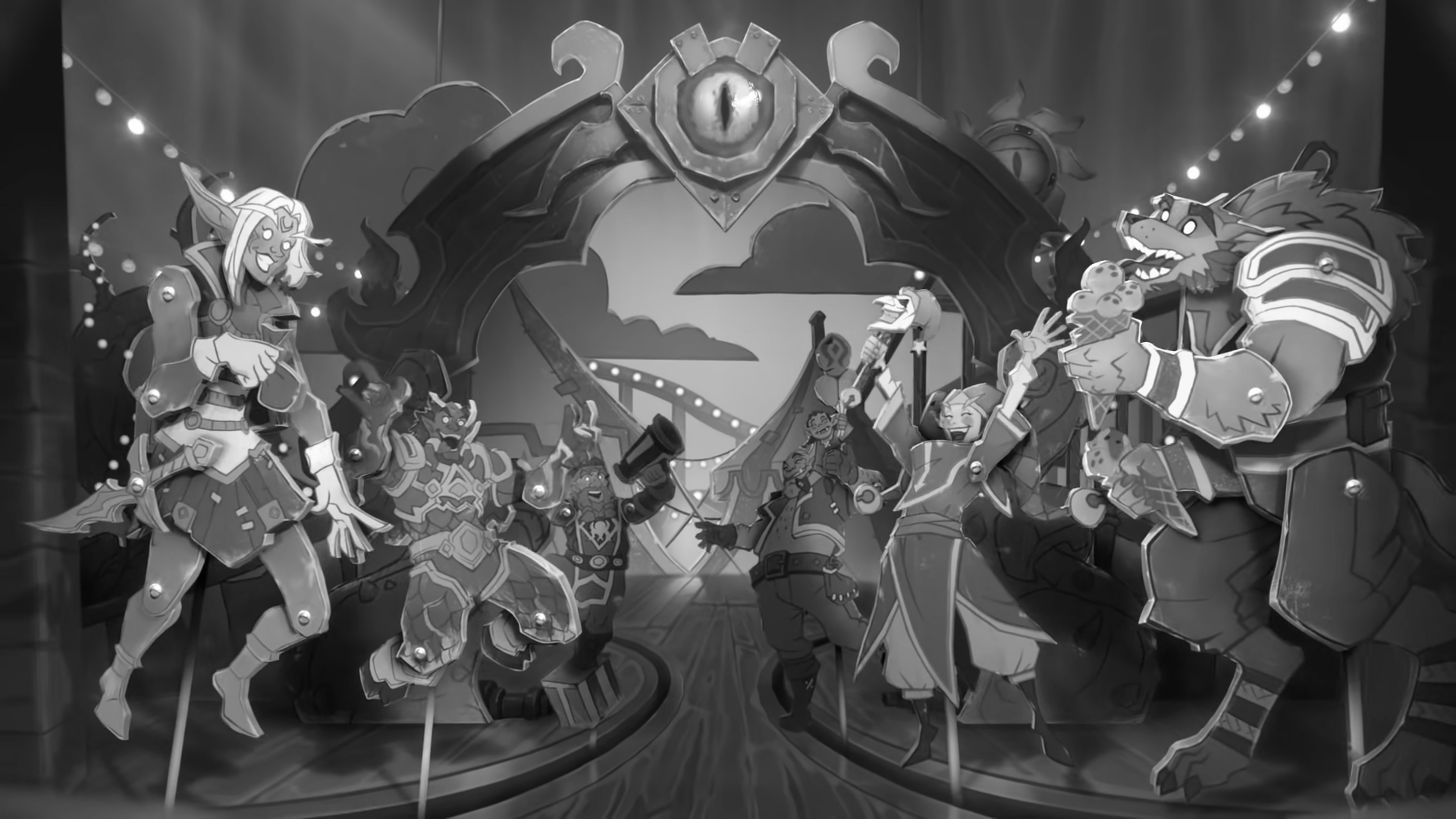

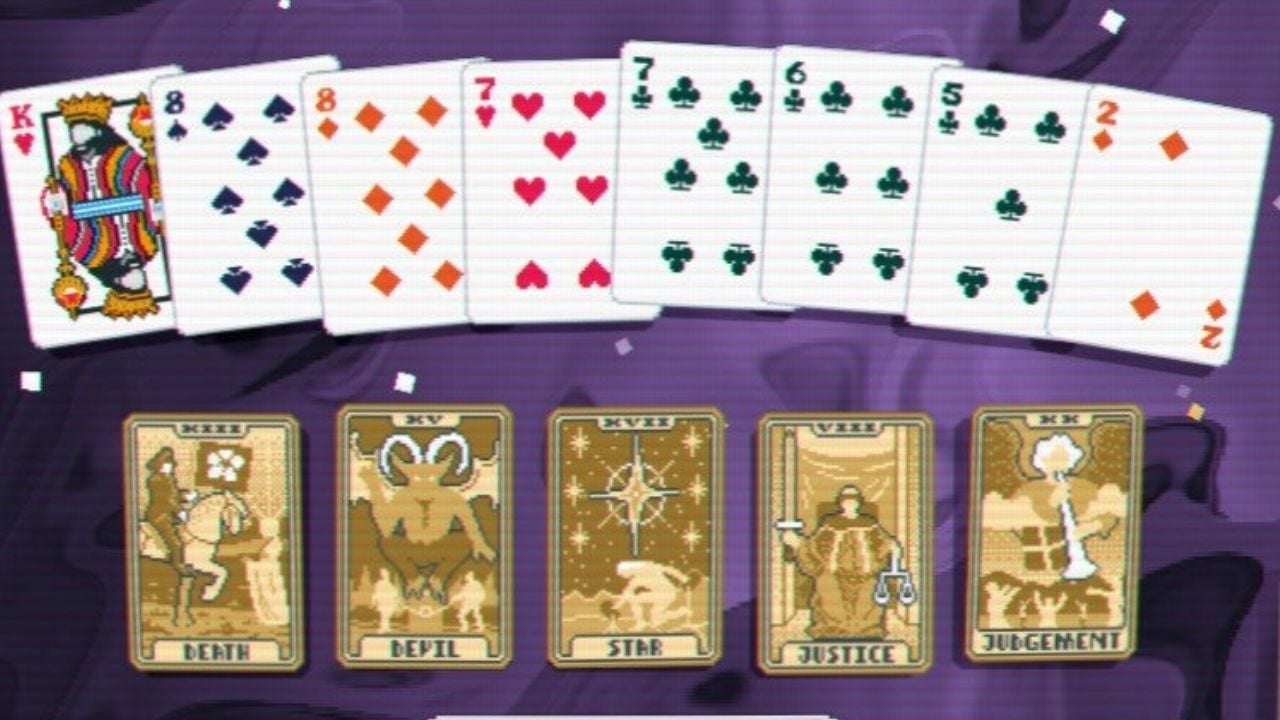
Published: Jun 30, 2015 02:02 pm